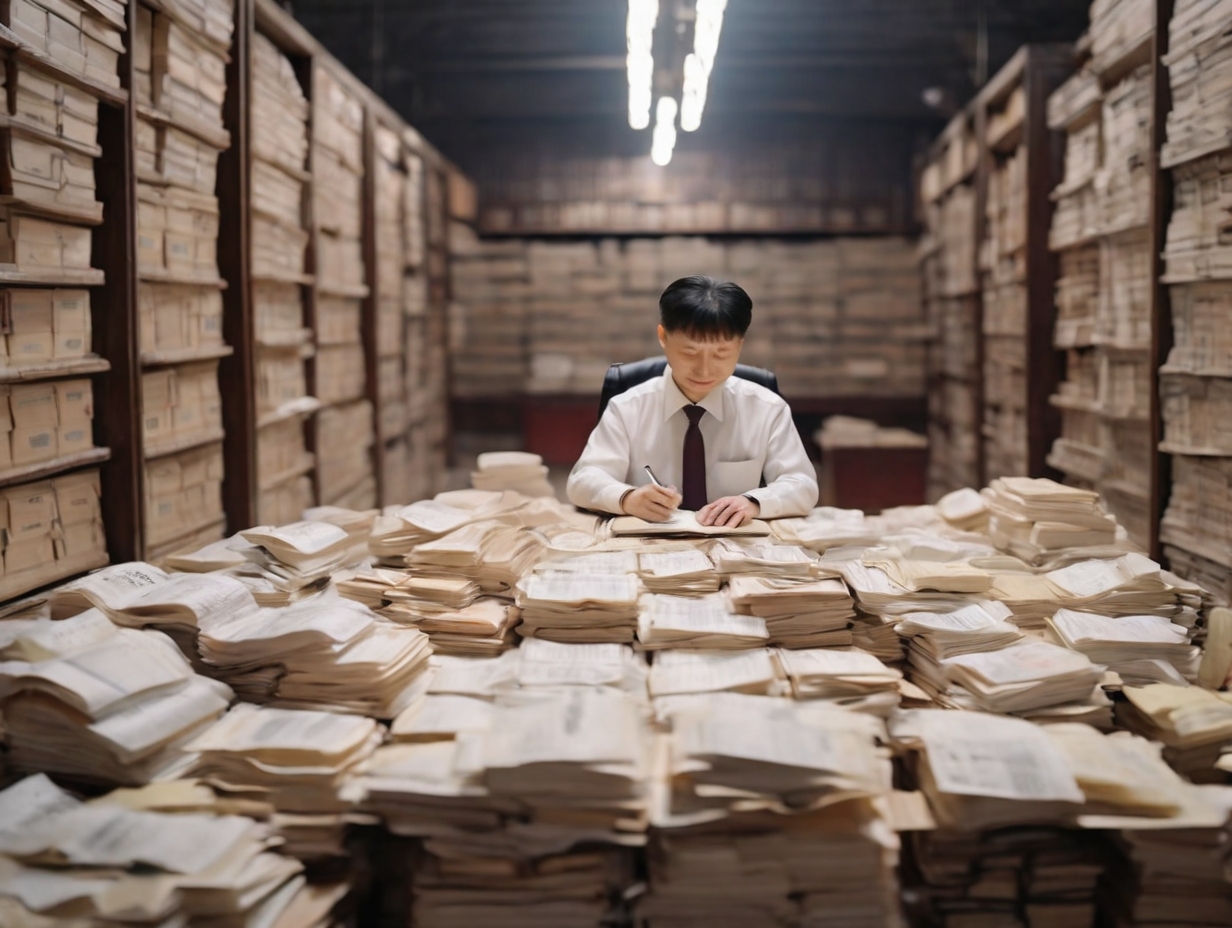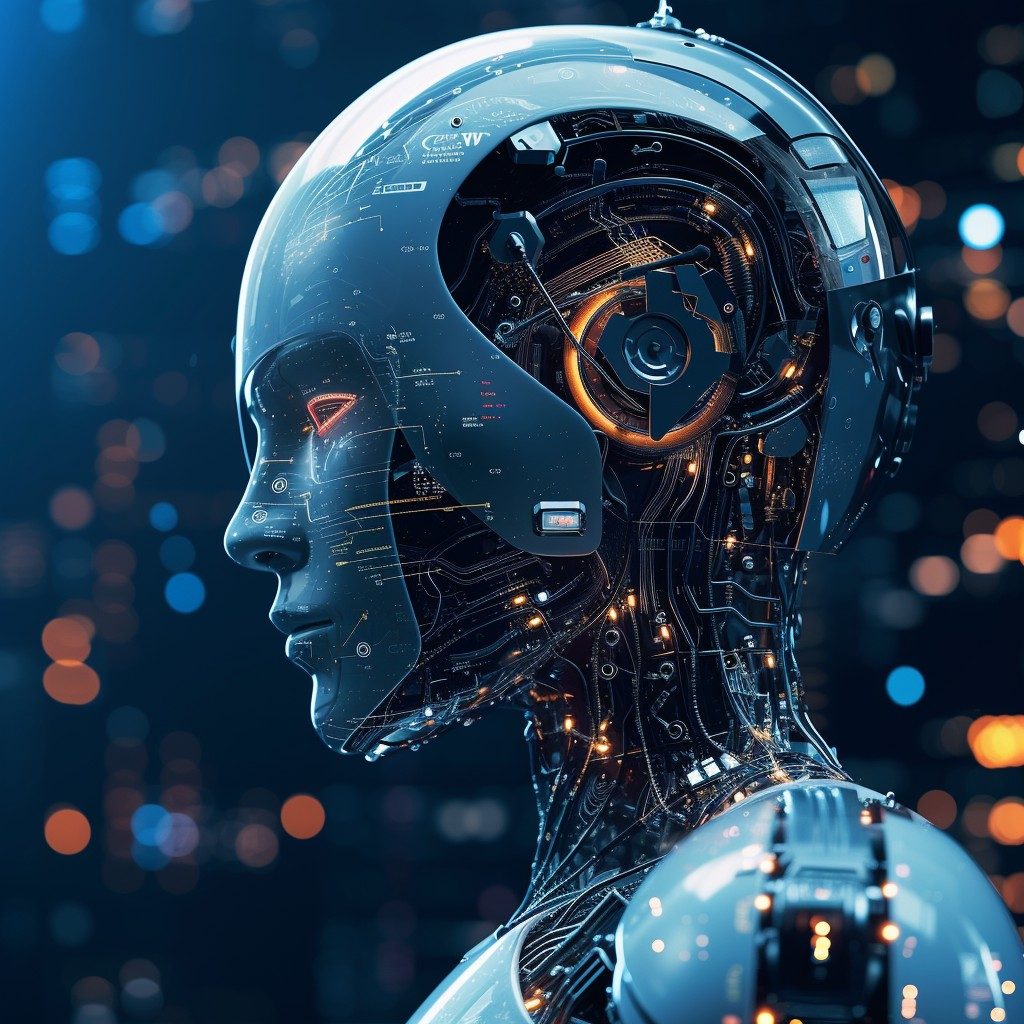Chinese officials are embracing artificial intelligence (AI) to streamline the cumbersome task of producing many handwritten documents despite Beijing’s efforts to reduce bureaucratic red tape. The use of AI, particularly for crafting reports and speeches, is gaining popularity among tech-savvy officials, ushering in a new era of efficiency. This article delves into the adoption of AI in official document writing, exploring the benefits and limitations experienced by Chinese officials.
In response to the overwhelming volume of handwritten reports, inspections, and speeches demanded from officials, a growing number are discreetly leveraging robotic technologies to simulate handwriting. The absence of specific rules regarding using AI or robotics for government reports has not deterred officials from exploring innovative solutions. Despite lacking regulatory clarity, existing laws, including the updated official secrecy law and the State Council’s AI regulations, lay the groundwork for this technological evolution.
Popular AI platforms in use
Among the myriad AI official document writing tools available to millions of Chinese officials, Miaobi and Xinghuo have emerged as frontrunners. Miaobi, developed by Xinhua, China’s state news agency, utilizes AI trained on over 10 million agency documents, setting the standard for official reports. Xinghuo, developed by iFlyTek, a leading voice recognition software giant, caters to a broader spectrum of writing needs, allowing users to generate government documents enriched with party slogans and terminology.
While the adoption of AI has streamlined certain routine tasks, officials encounter limitations in its ability to incorporate the latest policies and directions. Chen, a civil servant from Beijing, highlights the challenge of AI relying on past writing samples, rendering them somewhat outdated. The technology tends to generate standardized content, making it unsuitable for creating impactful speeches tailored to individual preferences. Additionally, classified information and policies remain off-limits for training AI models, posing a hurdle in fully harnessing the technology’s potential.
AI’s niche
Despite its limitations, AI excels in handling repetitive tasks, such as generating different versions of similar reports for various inspection groups. Officials note its effectiveness in preparing learning reports on ideology lessons, mandatory for the Communist Party’s vast membership. The technology proves beneficial for coping with the volume of paperwork associated with ideological education campaigns, including the study of President Xi Jinping’s political doctrine.
A combination of AI and robotic tools, costing nearly 1,000 yuan (about US$140), has found its way onto the desks of younger officials grappling with ideological coursework. Chen reveals that officials with poor handwriting utilize such technology to avoid perceptions of sloppiness, emphasizing the cultural significance attached to good handwriting in China. However, some users have faced scrutiny from superiors due to the uniform appearance of submissions or sudden improvements in writing skills.
The human touch and imperfections
Although high-end handwriting robots are available, designed to mimic owners’ penmanship by analyzing photographed examples, their use is not foolproof. Chen underscores that seeking perfection with AI and robots can defeat the purpose, emphasizing the certainty of imperfections in life, even within advanced technological solutions.
As Chinese officials navigate the integration of AI into official document creation, the technology’s impact is both transformative and nuanced. While efficiently handling routine tasks, officials grapple with its limitations, particularly in adapting to real-time policy changes. The intersection of AI and official paperwork signifies a paradigm shift, presenting opportunities for increased productivity while requiring a delicate balance between technological innovation and the inherent nuances of bureaucratic responsibilities.





